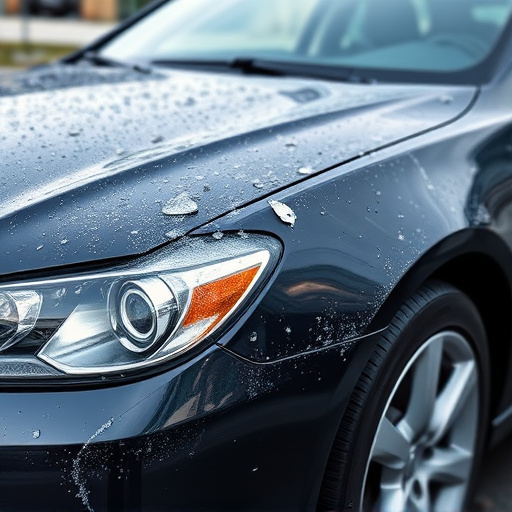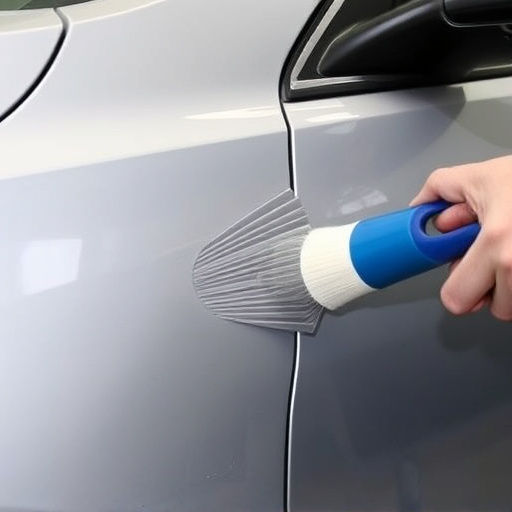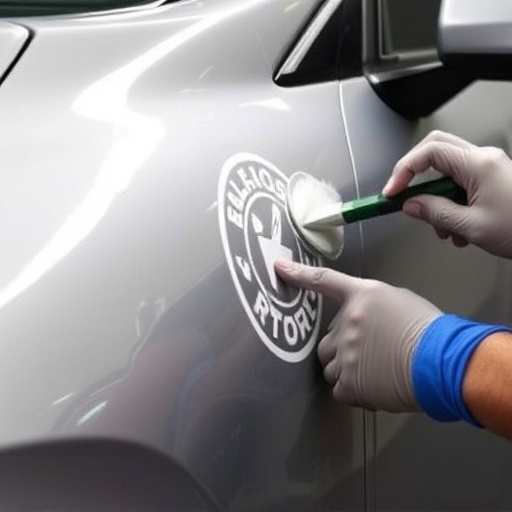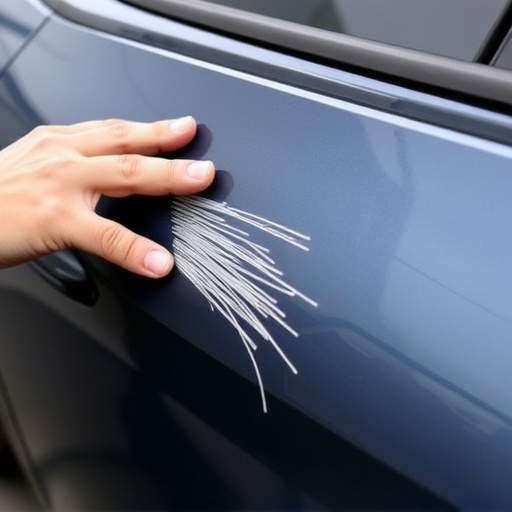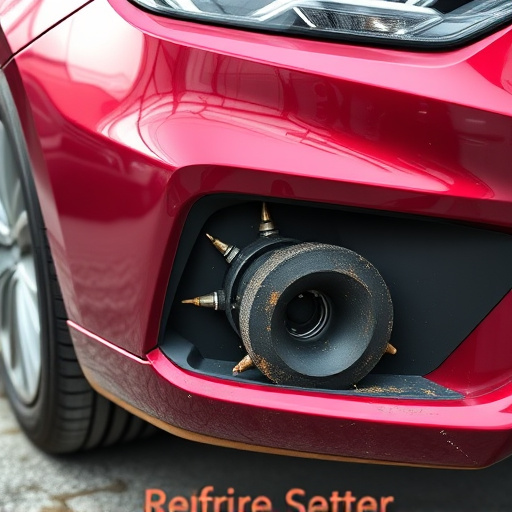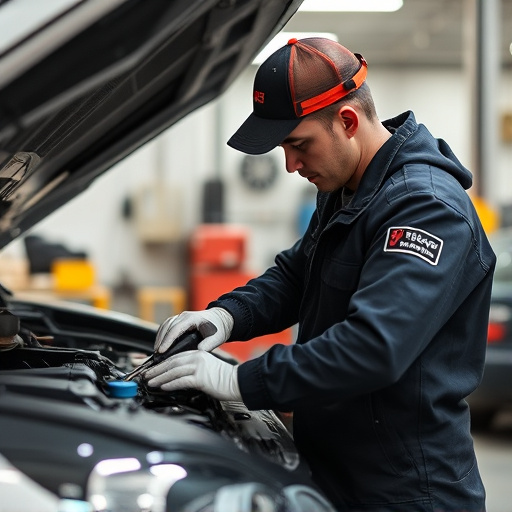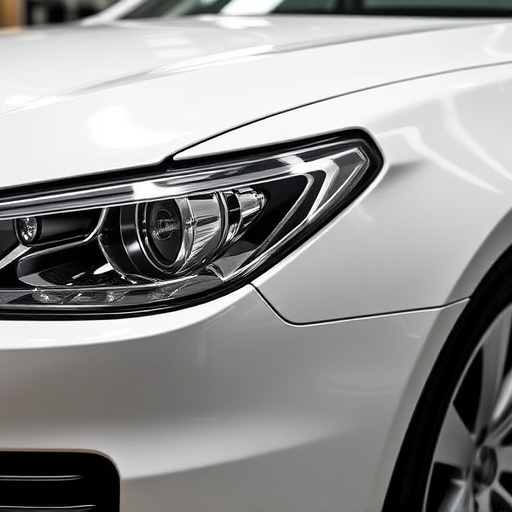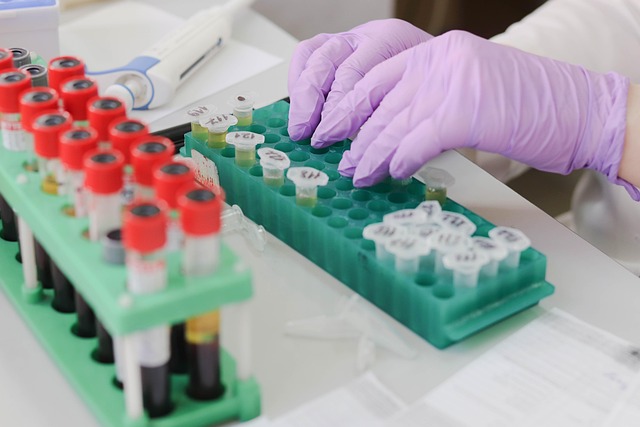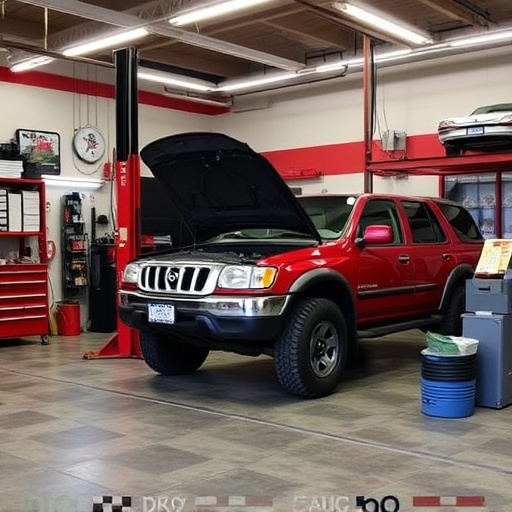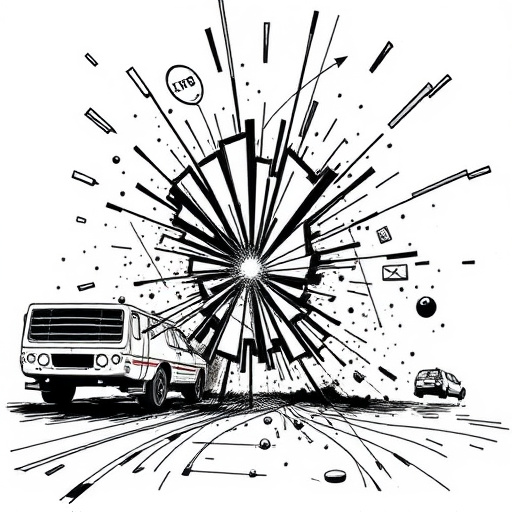Mercedes night vision calibration is essential for maintaining clear and consistent visuals in low-light conditions, preventing flickering or distortion caused by environmental factors, software glitches, or hardware malfunctions. Regular calibration ensures optimal screen performance in advanced driver-assistance systems (ADAS), enhancing safety and driving confidence during nighttime or challenging lighting conditions. It also addresses screen alignment issues from minor accidents, making the Mercedes a reliable safe companion on the road.
Mercedes-Benz’s advanced Night Vision technology has transformed nighttime driving, enhancing safety with thermal imaging. However, like any complex system, it can encounter issues. This article explores common problems afflicting Mercedes Night Vision displays, focusing on flickering and screen distortion. We delve into the critical role of calibration in maintaining optimal performance. By understanding these dynamics, owners can ensure their vehicles’ night vision systems provide clear, consistent visuals, enhancing safety and driving experience through proper Mercedes night vision calibration.
- Understanding Mercedes Night Vision Technology
- Common Issues in Night Vision Displays
- The Role of Calibration in Screen Performance
Understanding Mercedes Night Vision Technology
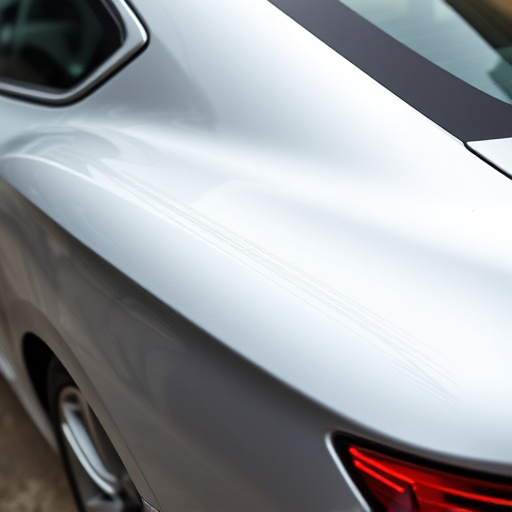
Mercedes Night Vision technology is a cutting-edge safety feature designed to enhance driver visibility during low-light conditions, such as nighttime driving or in areas with poor lighting. This advanced system uses a combination of high-resolution cameras and sophisticated software to create a digital image on the vehicle’s infotainment screen. The key to its effectiveness lies in precise calibration, ensuring that the displayed image accurately represents the real-world surroundings.
Mercedes night vision calibration is a crucial process that involves adjusting various settings to prevent issues like flickering or distortion on the display. This includes calibrating the camera sensors for optimal sensitivity and contrast, as well as fine-tuning the image processing algorithms. By maintaining accurate calibration, Mercedes owners can experience clear and consistent visuals, allowing them to navigate roads safely and confidently, even in challenging lighting conditions. This process is best handled by a qualified technician at a reputable collision repair center or auto body repair shop, ensuring the vehicle’s safety systems function at peak performance.
Common Issues in Night Vision Displays
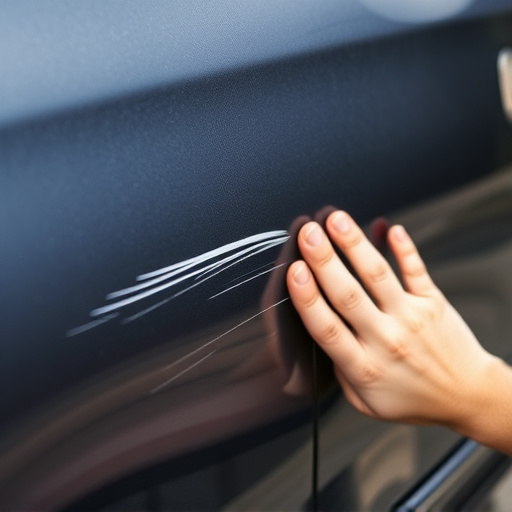
Night vision displays in modern vehicles, like those found in Mercedes-Benz models, are designed to offer a clear and safe viewing experience during low-light conditions. However, several common issues can affect their performance if proper care and calibration aren’t maintained. One of the most noticeable problems is flickering or screen distortion, which can significantly impact driver confidence and safety. These issues often arise due to a variety of factors, including environmental changes, software glitches, or hardware malfunctions.
While some minor fluctuations might be expected, persistent or intermittent flickering could indicate a need for Mercedes night vision calibration. This process fine-tunes the display’s settings to ensure optimal visibility without any unwanted effects. Regular calibration also addresses potential problems that may have been caused by previous incidents such as bumps or dents (requiring body shop services or car paint repair) that could have slightly altered the screen’s alignment or integrity. By keeping the system calibrated, drivers can enjoy enhanced night-time driving assistance, ensuring their Mercedes remains a reliable and safe companion on the road.
The Role of Calibration in Screen Performance
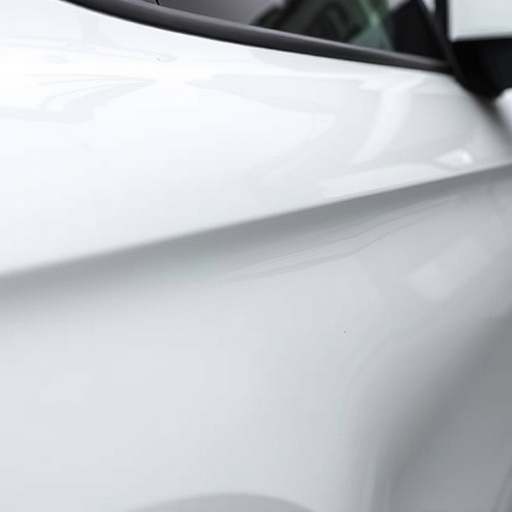
Mercedes night vision calibration plays a pivotal role in ensuring optimal screen performance for the vehicle’s advanced driver-assistance systems (ADAS). Regular calibration is essential to maintain the integrity of the display, preventing flickering or distortion that could impair the driver’s view during low-light conditions. A well-calibrated system offers clear, accurate visuals, enhancing safety and confidence while navigating in dark environments.
This process aligns the camera feeds with the display, accounting for any discrepancies caused by factors like temperature changes, aging components, or damage to auto glass (including cracks or chips in need of collision repair services or auto glass repair). By addressing these issues proactively, Mercedes owners can rely on their night vision systems to deliver consistent performance, ultimately contributing to a smoother and safer driving experience.
Mercedes night vision calibration is a vital process that ensures optimal screen performance, preventing flickering and distortion. By addressing common issues in night vision displays, this calibration plays a crucial role in enhancing driver safety and comfort during low-light conditions. With proper care and regular checks, Mercedes owners can enjoy the advanced technology’s benefits while navigating the road with enhanced clarity and confidence.
